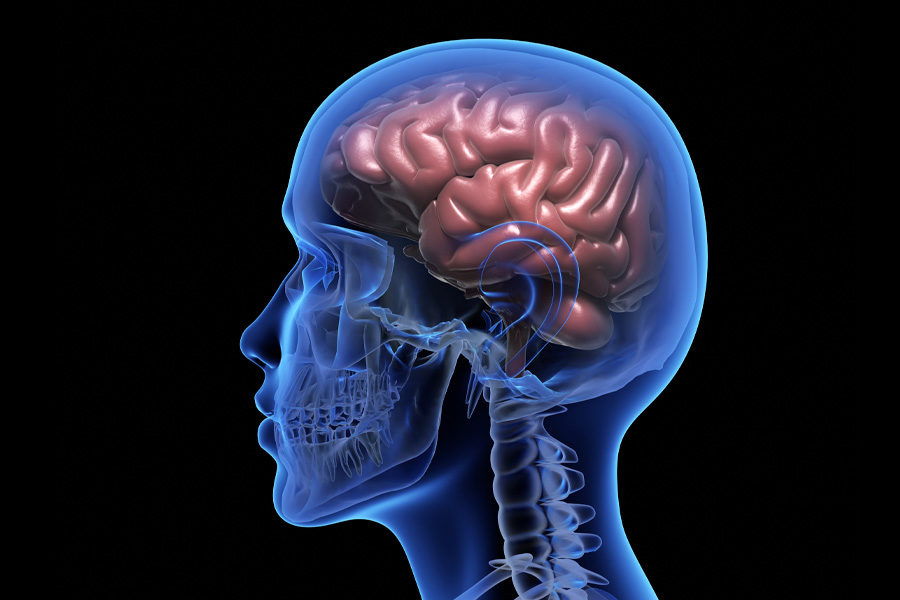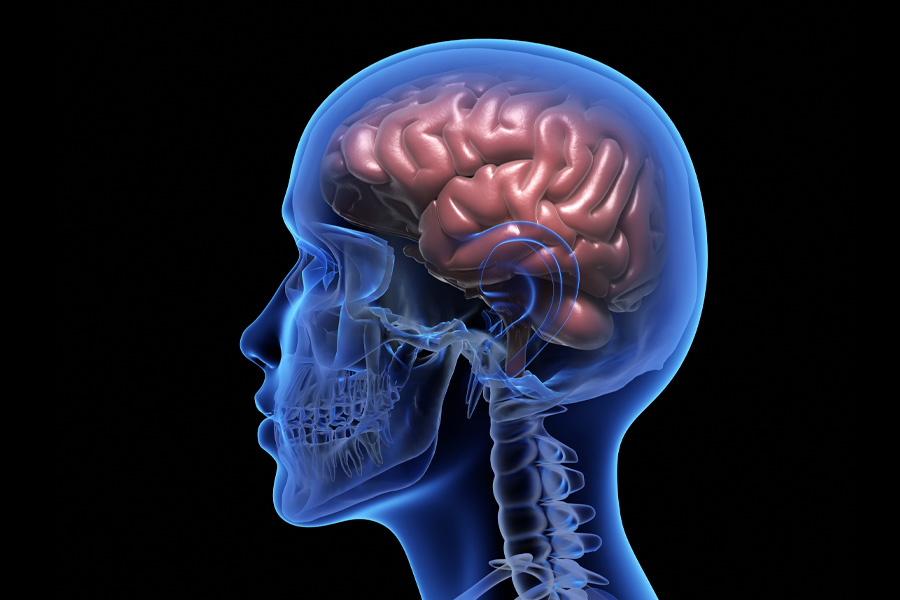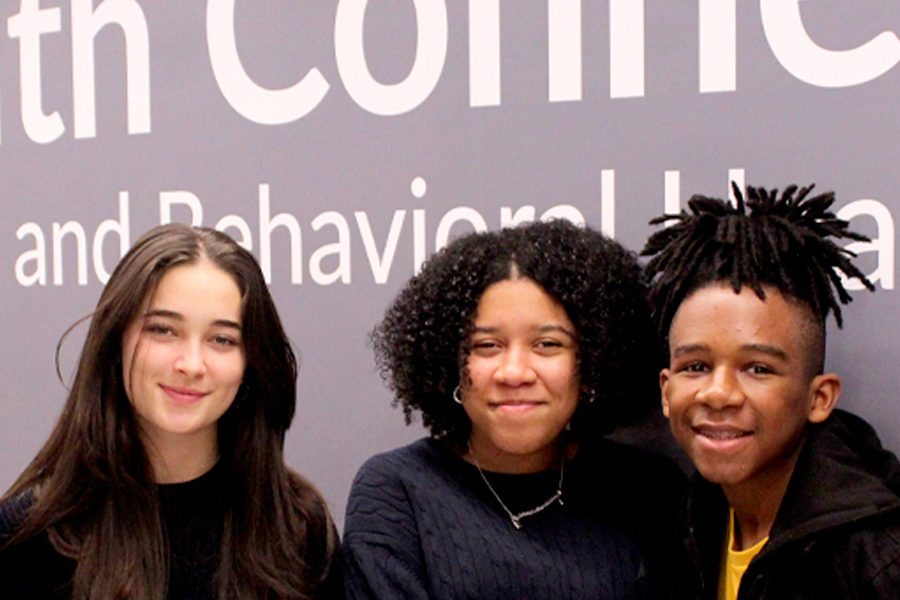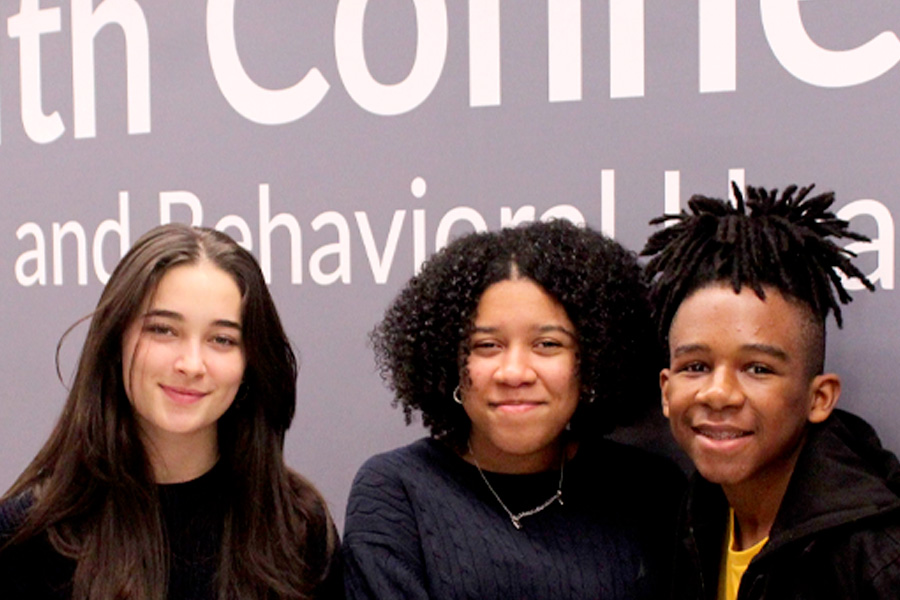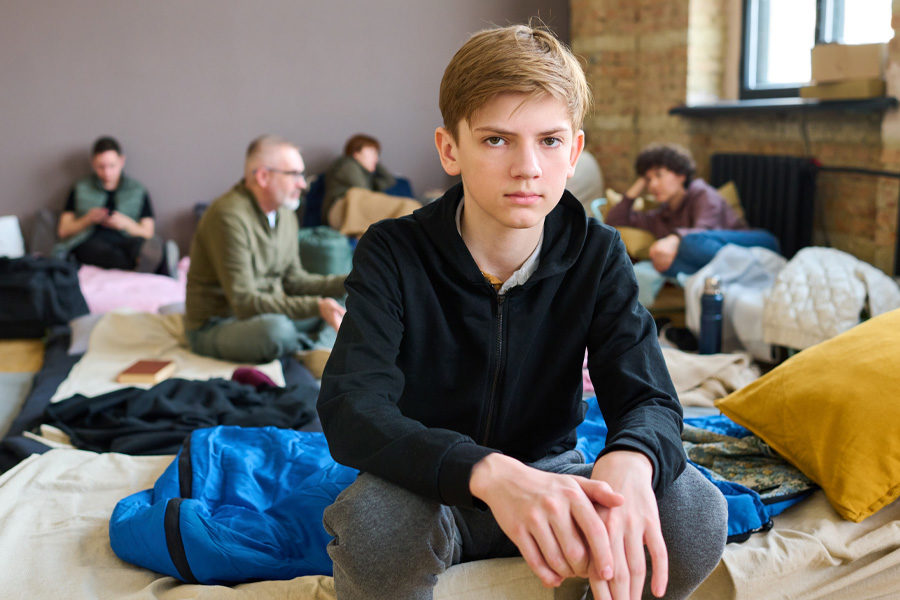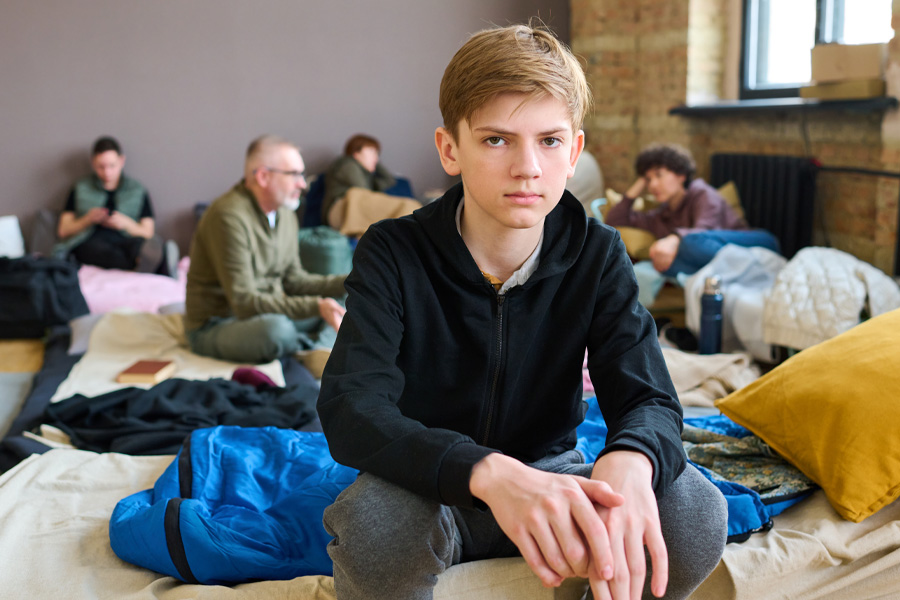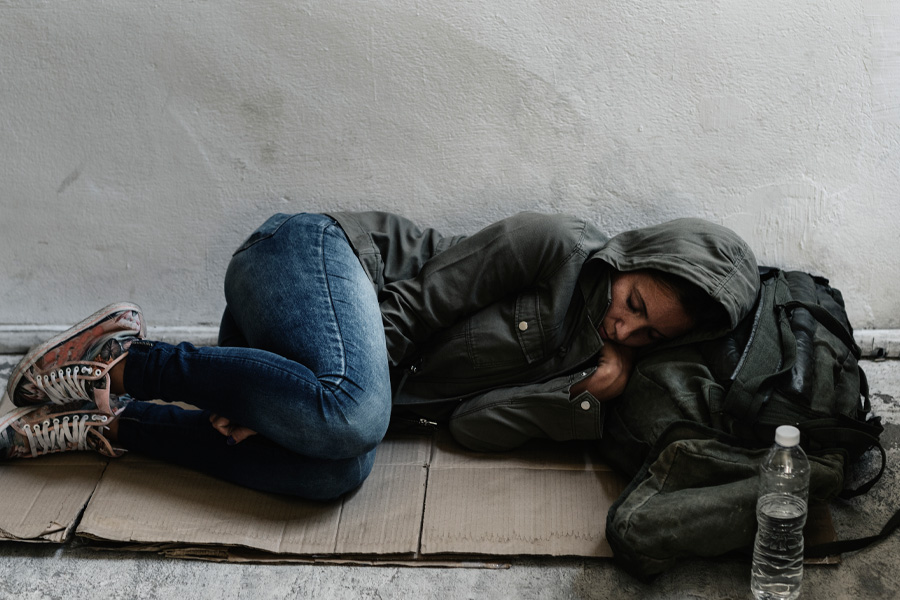Pass the…Trauma?

Pass the…Trauma?

It’s well known that we get our eye color and height from our parents. But did you know that trauma can also be passed down? Emotional or psychological trauma is defined as a deeply distressing or disturbing experience – like abuse, violence, grief, or loss. Author Resmaa Menakem explained that “trauma is a wordless story our body tells itself about what is safe and what is a threat.”
According to the World Health Organization, 70% of people will experience trauma in their lifetime. Trauma involving interpersonal violence has the highest risk for diagnosis of Post Traumatic Stress Disorder (PTSD). Sexual violations and assault account for over 42% of PTSD diagnoses. Adverse childhood experiences (ACEs) such as violence in the home, substance abuse, parental mental illness, chronic instability, homelessness, and food insecurity are all considered forms of childhood trauma.
So, how does trauma get passed down?
There are different pathways that trauma can creep from one generation to the next. One obvious way is through behavior and modeling. A child who witnesses a parent being physically violent may become physically aggressive in their future relationships.
Trauma, even hidden trauma like molestation, can become normalized within the family unit; it seeps in and becomes part of the family norms. Family members learn to “deal with it,” keep it quiet, or ignore it. Family secrets fester in avoidant silence. Once it leaches into the family’s tapestry, unprocessed trauma gets passed down to future generations.
Another pathway is through genes. There is a growing body of research that has discovered a genetic component to trauma. You may hear the term “epigenetics,” which, simplified, is whether the expression of a gene is turned on or off. Epigenetics helps to explain how information can be carried or transferred through the genes from a parent to their offspring.
A research team at Mt. Sinai School of Medicine in Manhattan, NY found that pregnant women who had been exposed to the World Trade Center attacks (“9-11” terrorist attacks) transmitted trauma to their unborn fetuses. The researchers measured stress hormones and found abnormal levels in both the mothers and their babies. Experiencing trauma in the third trimester seemed to have the most prominent effects (Yehuda, 2022).
Trauma that makes its way into our “gene expression” can cause us to be more susceptible to its effects. This genetic predisposition can impact how someone responds to and/or recovers from trauma or adverse experiences. From the book, My Grandmother’s Hands, our bodies store trauma and “intense survival energy” which is then passed down to our children and grandchildren.
So how do we interrupt these patterns? One place to start is to trace the family history of trauma, as well as the ways in which your family members and cultural group/s have shown resilience. Determine how anger, stress, or emotional numbing may be tied to your family’s history. Learn how to manage “activators” or things that cause trauma/stress reactions in your family. Seek help from a mental health professional (therapist) who can help you identify adaptive ways of coping and can offer tools for working through trauma.
There are things you can do, starting now, to interrupt cycles and move toward healing.
- Unaddressed behavioral health disorders
- Practice anchoring and grounding through deep breathing, listening to soothing sounds, resting, meditating, or praying
- Use multi-sensory calming techniques: visual imagery + body scanning + soothing sounds + warmth or cooling on your skin.
My personal favorite is journaling. Here are some journal prompts that can guide your narratives:
- What do I know about my family’s trauma history?
- How does hurt from my past show up in my current life?
- Dear younger self…
- Love letter to myself…
- What is a healing practice in my family or culture that I can implement in my life?

Dr. Cochran works with Teen Health Connection’s Independent Psychological Assessment program, providing in depth clinical assessments, history review, and extensive recommendations for youth entering the custody of the Department of Social Services-Youth and Family services due to abuse, neglect, or dependency. In her daily work, Dr. Cochran sees the impact of intergenerational trauma unfold in the youth and families she serves. The trauma-informed assessment practice of the IPA program helps to link youth and families with care and supports to address the multiple layers of intergenerational trauma.
References
https://dictionary.apa.org/intergenerational-trauma
https://iuhealth.org/thrive/generational-trauma-breaking-the-cycle-of-adverse-childhood-experiences
https://www.scientificamerican.com/article/how-parents-rsquo-trauma-leaves-biological-traces-in-children/
https://www.washingtonpost.com/wellness/2023/06/12/generational-trauma-passed-healing/
https://www.webmd.com/mental-health/what-is-intergenerational-trauma
https://www.who.int/news/item/06-08-2013
Howie H, Rijal CM, Ressler KJ. A review of epigenetic contributions to post-traumatic stress disorder. Dialogues Clinical Neuroscience. 2019 Dec;21(4):417-428. doi: 10.31887/DCNS.2019.21.4/kressler. PMID: 31949409; PMCID: PMC6952751.
Isobel S, McCloughen A, Goodyear M, Foster K. Intergenerational Trauma and Its Relationship to Mental Health Care: A Qualitative Inquiry. Community Ment Health J. 2021 May;57(4):631-643. doi: 10.1007/s10597-020-00698-1. Epub 2020 Aug 17. PMID: 32804293.
Kessler RC, Aguilar-Gaxiola S, Alonso J, Benjet C, Bromet EJ, Cardoso G, Degenhardt L, de Girolamo G, Dinolova RV, Ferry F, Florescu S, Gureje O, Haro JM, Huang Y, Karam EG, Kawakami N, Lee S, Lepine JP, Levinson D, Navarro-Mateu F, Pennell BE, Piazza M, Posada-Villa J, Scott KM, Stein DJ, Ten Have M, Torres Y, Viana MC, Petukhova MV, Sampson NA, Zaslavsky AM, Koenen KC. Trauma and PTSD in the WHO World Mental Health Surveys. Eur J Psychotraumatology. 2017 Oct 27;8(sup5):1353383. doi: 10.1080/20008198.2017.1353383. PMID: 29075426; PMCID: PMC5632781.
Ullah H, Ahmad H, Tharwani ZH, Shaeen SK, Rahmat ZS, Essar MY. Intergenerational trauma: A silent contributor to mental health deterioration in Afghanistan. Brain Behavior. 2023 Apr;13(4):e2905. doi: 10.1002/brb3.2905. Epub 2023 Feb 27. PMID: 36847689; PMCID: PMC10097044.
Yehuda, R. (2022, July 1). How Parents’ Trauma Leaves Biological Traces on Children. Scientific American. https://www.scientificamerican.com/article/how-parents-rsquo-trauma-leaves-biological-traces-in-children/














